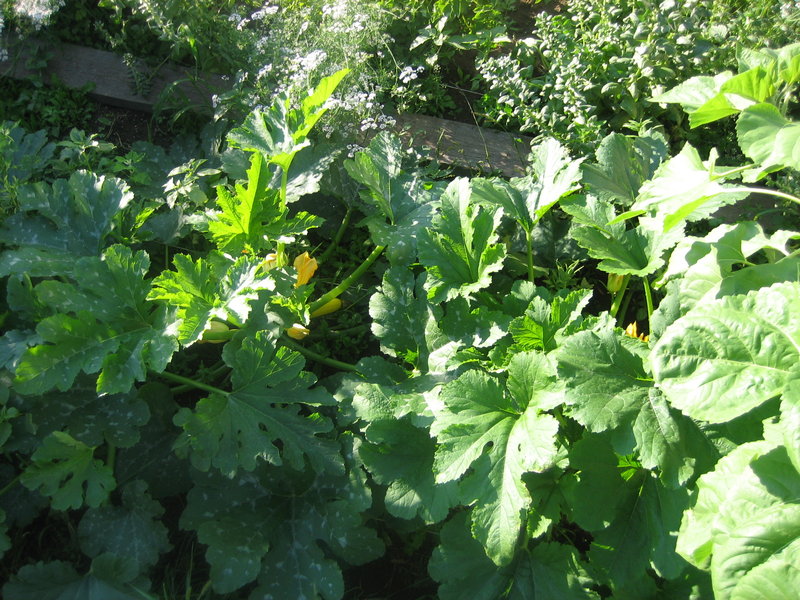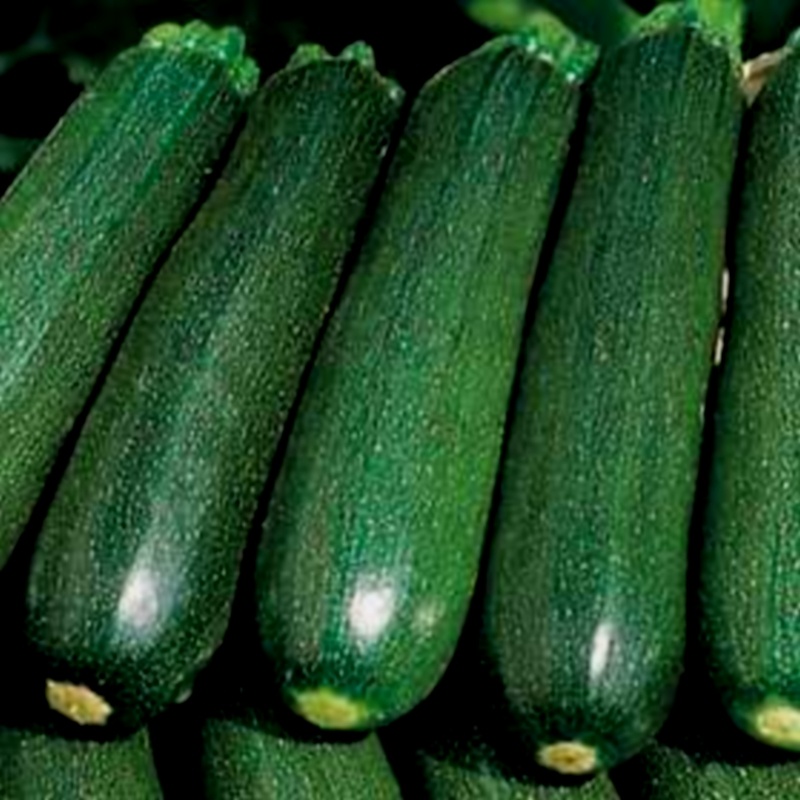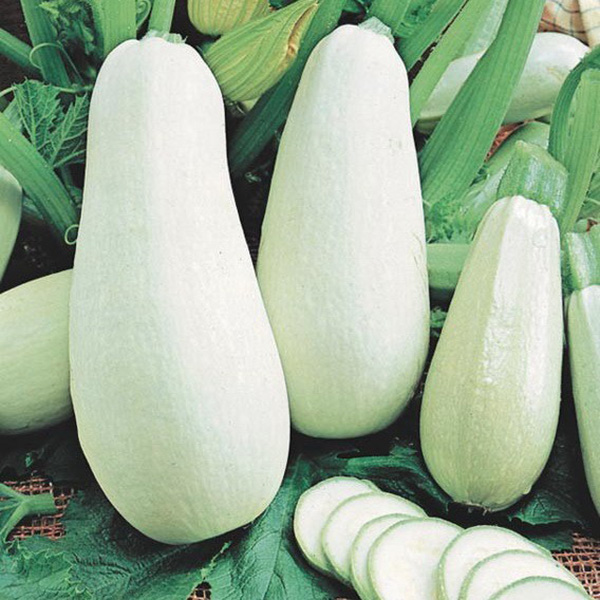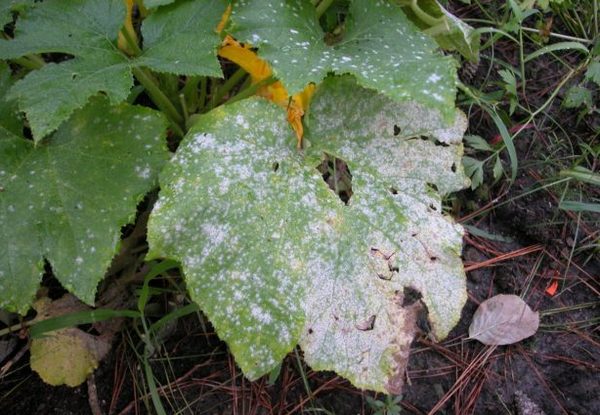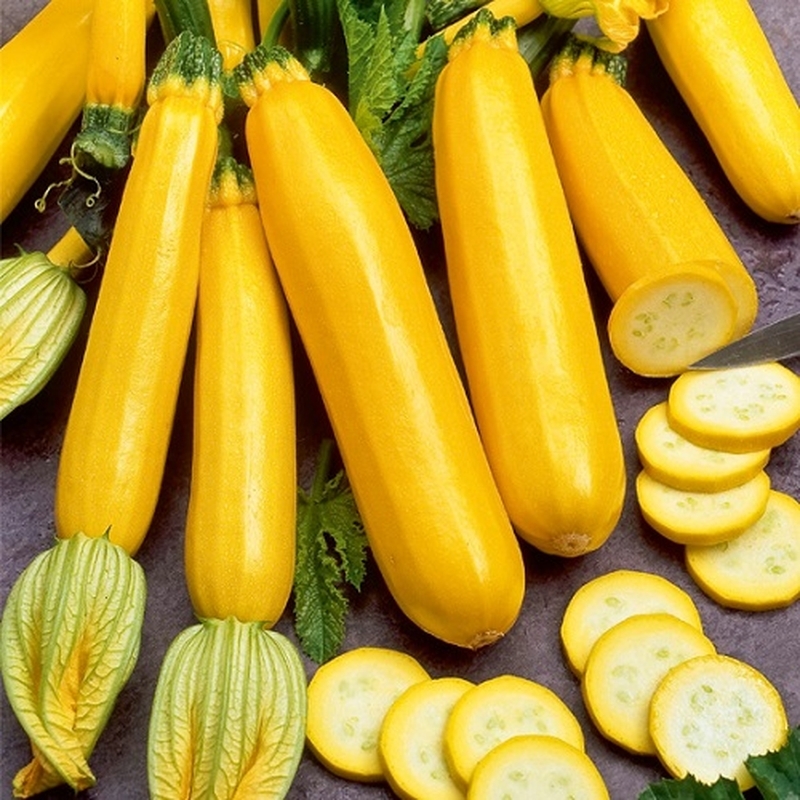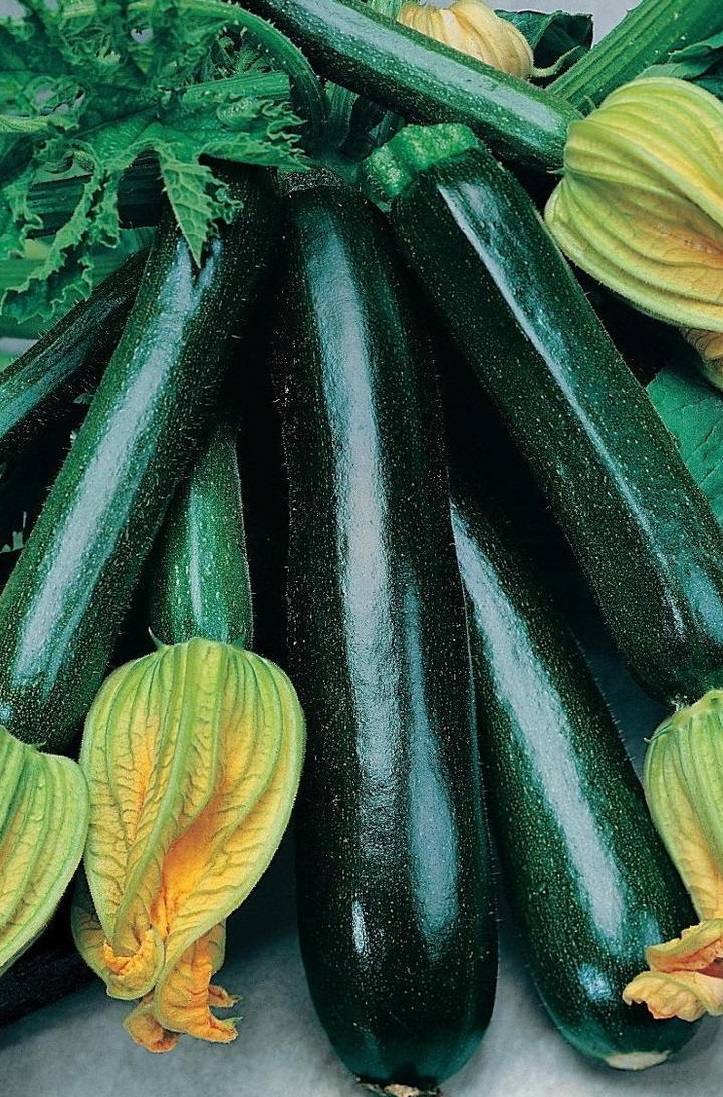Gardeners and gardeners most often give preference to early varieties of zucchini. Indeed, after the appearance of the first shoots, the crop can be harvested in 1.5-2 months. However, early varieties are usually good only for the ripening period, yielding to the late ones in taste. But there are early ripe zucchini that have a number of advantages. One of them is the Negritok zucchini zucchini.
Description of the variety of squash Negritenok
Zucchini Negritenok is one of the early ripening varieties with a high yield. The interval between the emergence of shoots and the ripening of fruits ranges from 38-40 days. The plant is distinguished by a small amount of foliage and an abundance of female flowers. The vegetables have the shape of a long cylinder with an original color. Ripe fruits have a mass of 700 grams to 1 kilogram and an average thickness in the cross section. The soft green pulp is distinguished by a special combination of taste and juiciness.
Zucchini bushes grow rather compact, with small green leaves that have small spots. The predominance of female flowers during the flowering period gives a significant advantage: a greater number of ovaries are formed, which subsequently affects the harvest.
The skin of the Negritok zucchini has a smooth surface and an unusual black-green color with white splashes. Its thickness is average, which increases the shelf life of the fruit. The dry matter in the zucchini pulp is about 3.8%, and the sugar content is 2.4%. The pulp density is average, so the fruits are universal in use.
Open soil is considered the ideal environment for cultivating zucchini of this variety. The plant is unpretentious in care and has a high resistance to powdery mildew. A feature of the variety is its high yield with compact size of the bushes. One plant can bear up to 10 kilograms of fruit.
Growing recommendations
The ideal place for planting zucchini is the beds on which they previously grew:
- cabbage;
- potatoes;
- bow;
- legumes.
If the practice of crop rotation is not applied in the garden, any sunny area will do. The soil must be neutral, in case of its high acidity it is necessary to process it with lime.
It is important to feed regularly. The best time to apply fertilizer and lime to the soil is autumn.
Both minerals and organics are suitable for zucchini. Growers with extensive cultivation experience recommend composting.
The Negro is cultivated in two ways:
- Rassadny. For this, the seeds are sown for seedlings in April, the grown seedlings are transplanted into open ground in May - as soon as the frost stops.
- Seed. Zucchini seeds are immediately sown in open soil in May. Moreover, for the rapid emergence of seedlings, the sowing depth should be no more than 5 centimeters. Otherwise, the sprouts simply cannot break through a large layer of earth.
With any planting method, in the first days of holding the plant in the open field, it must be covered with a film. Thanks to this approach, the seedlings are better acclimatized, and the seeds will sprout faster.
Zucchini variety Negritenok is an unpretentious plant that does not require special care.However, fertilizing the soil, loosening, regular watering and weed control will ensure the richest harvest possible.

